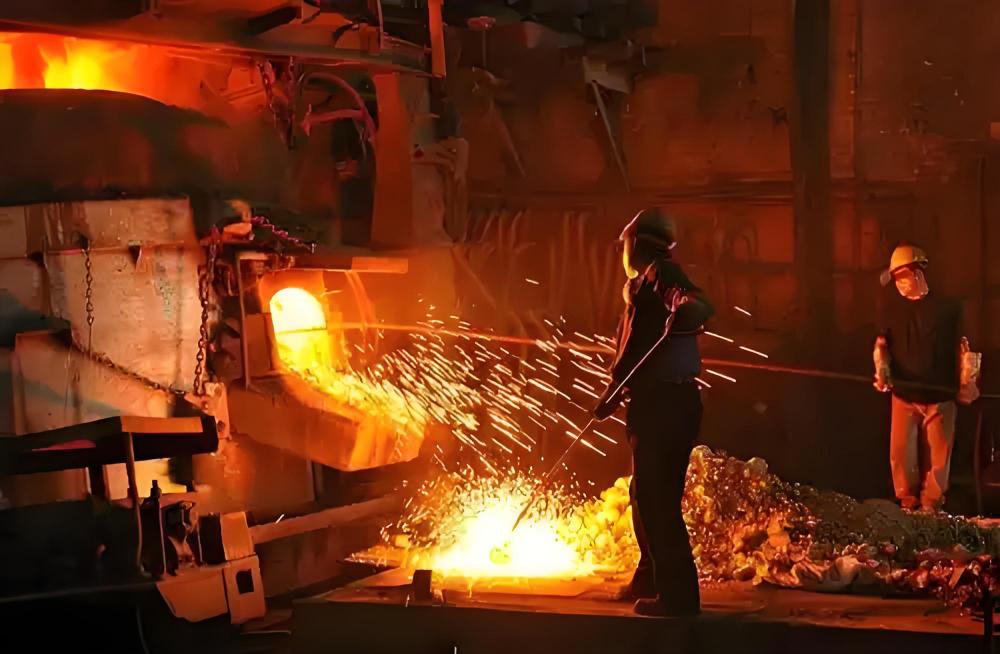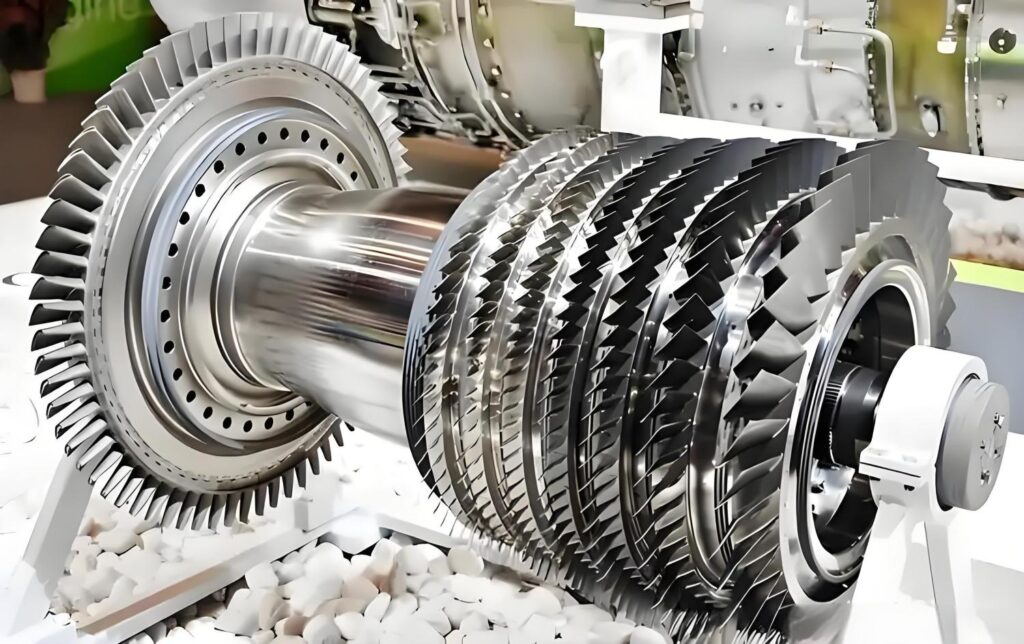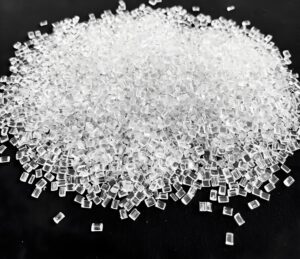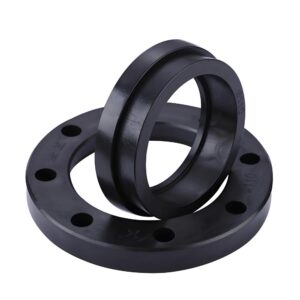Tungsten, often hailed as the unsung hero of the machining world, is a metal that commands attention for its extraordinary resilience. With a melting point that towers above nearly all other elements, tungsten is a favorite in industries where extreme conditions are the norm. From aerospace components to cutting-edge electronics, this metal’s ability to withstand scorching temperatures makes it indispensable. In this blog, we dive into the fascinating details of tungsten’s melting point, exploring its significance, variations, and real-world applications—all while shedding light on why this metal is a cornerstone of modern engineering.
What is the Melting Point of Tungsten?

Tungsten’s melting point is a staggering 3,422°C (6,192°F), earning it the title of the metal with the highest melting point on the periodic table. This remarkable property sets tungsten apart, allowing it to endure temperatures that would reduce most materials to molten pools. The secret lies in tungsten’s atomic structure, where tightly bound atoms form a robust lattice that demands immense energy to break apart.
This high melting point makes tungsten a go-to material for industries requiring heat-resistant solutions. Whether it’s a rocket soaring through the atmosphere or a furnace operating at extreme temperatures, tungsten’s ability to stay solid under intense heat is unmatched. For engineers and manufacturers, understanding this property is key to unlocking tungsten’s potential in high-stakes applications.
Melting Point Ranges of Common Tungsten Alloys
Pure tungsten’s melting point is impressive, but alloys—blends of tungsten with other metals—offer tailored properties for specific uses. These alloys often have slightly lower melting points due to the addition of elements that modify their structure, but they still retain exceptional heat resistance. Here’s a look at some common tungsten alloys and their melting ranges:
- Tungsten-Copper Alloys: Widely used in electrical contacts and heat sinks, these alloys melt between 3,000°C and 3,400°C, depending on the copper percentage. Copper enhances conductivity while maintaining high thermal stability.
- Tungsten-Nickel-Iron Alloys: Popular in aerospace and radiation shielding, these alloys typically melt around 3,200°C to 3,400°C, offering a balance of strength and workability.
- Tungsten-Rhenium Alloys: Designed for extreme environments, such as thermocouple wires, these alloys have melting points around 3,300°C, combining heat resistance with improved ductility.
By blending tungsten with other metals, manufacturers can fine-tune its properties, making it versatile for everything from medical devices to industrial tools.
Why is Tungsten the Hardest Metal to Melt?
What makes tungsten so resistant to melting? The answer lies in its atomic makeup. Tungsten’s atoms are arranged in a body-centered cubic structure, creating metallic bonds that are exceptionally strong. These bonds require a tremendous amount of thermal energy to break, which is why tungsten can withstand temperatures that would destroy other metals.
Tungsten’s density—19.25 g/cm³, nearly twice that of steel—also plays a role. This dense packing of atoms makes it difficult for heat to disrupt the metal’s structure. Additionally, tungsten has a low thermal expansion coefficient, meaning it doesn’t expand much when heated, preserving its integrity in extreme conditions. These qualities make tungsten the ultimate choice for applications where heat resistance is non-negotiable, such as in jet engines or high-temperature furnaces.
Factors Influencing Tungsten’s Melting Temperature
While tungsten’s melting point is a fixed value under ideal conditions, real-world factors can influence how it performs under heat. Understanding these variables helps industries maximize tungsten’s potential.
Material Purity
The purer the tungsten, the closer its melting point is to 3,422°C. Impurities, even in small amounts, can weaken atomic bonds, slightly lowering the melting temperature. High-purity tungsten is essential for precision applications, such as semiconductor manufacturing, where consistency is critical.
Environmental Conditions
Tungsten’s behavior under heat depends on its environment. In air, tungsten can oxidize at around 1,400°C, forming a brittle oxide layer that compromises its performance. To maintain its high melting point, industries often process tungsten in vacuum or inert gas environments, preventing oxidation and preserving its strength.
Alloy Composition
As noted earlier, alloying elements like copper or rhenium can adjust tungsten’s melting point. These additions alter the metal’s lattice, reducing the energy needed to melt it. Manufacturers carefully select alloys based on the application’s temperature requirements.
Manufacturing Processes
How tungsten is processed—whether through sintering, forging, or additive manufacturing—affects its heat resistance. Well-processed tungsten has a uniform structure, enhancing its ability to withstand extreme temperatures without cracking or deforming.
Applications of Tungsten’s High Melting Point

Tungsten’s ability to resist melting opens doors to a wide range of applications. Its durability under extreme heat makes it a critical material in industries that push the boundaries of technology and engineering.
Aerospace and Defense
In aerospace, tungsten shines in components like rocket nozzles and turbine blades, which face blistering temperatures during high-speed flight or atmospheric re-entry. Its stability ensures these parts perform reliably under stress, enhancing safety and efficiency.
Electronics Manufacturing
The semiconductor industry relies on tungsten for processes like chemical vapor deposition, where high temperatures are used to create microchips. Tungsten’s heat resistance ensures precision and consistency in these delicate operations.
Specialty Lighting
Tungsten’s high melting point once made it the star of incandescent light bulbs. Today, it’s still used in halogen lamps and other specialty lighting, where its ability to glow brightly without melting is essential.
Medical Technology
In medical imaging, tungsten is used in X-ray tubes and radiation shields, where its heat resistance ensures reliable performance during high-energy processes. This durability translates to accurate diagnostics and patient safety.
Industrial Applications
Tungsten is a staple in high-temperature furnaces, crucibles, and heating elements. Its ability to remain stable while melting other materials makes it invaluable in metalworking and manufacturing.
Precision Machining with Tungsten: Precionn’s Expertise
Working with a material as tough as tungsten requires skill and precision, and that’s where Precionn steps in. As a leader in the machining industry, Precionn specializes in crafting high-quality components from challenging materials like tungsten. Precionn leverages cutting-edge technology to harness tungsten’s heat-resistant properties, delivering custom parts for industries like aerospace, electronics, and medical technology. Their dedication to excellence ensures that every component meets the highest standards, making them a trusted partner for businesses worldwide.




